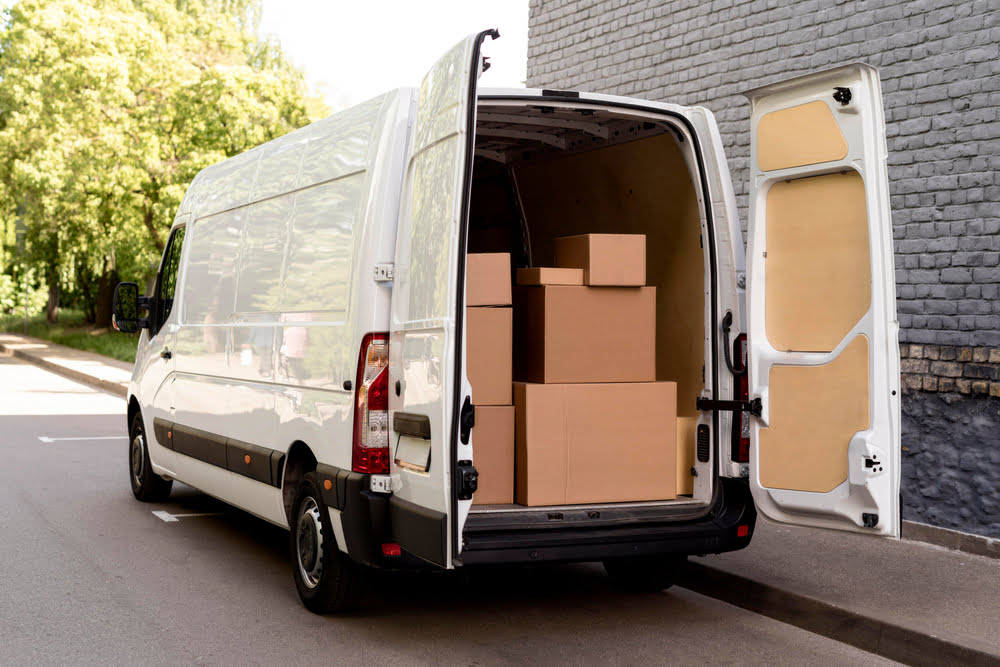It has been agreed in the climate agreement that by 2025 there will be at least 30 cities where a zero-emission zone for city logistics has been introduced. This is an important step on the way to completely emission-free road traffic in 2050. More and more municipalities in the Netherlands are introducing a zero-emission zone in city centers by 2025. A zero-emission zone is an area where no diesel, gas or petrol is used and where there are therefore no exhaust gases. Trucks and delivery vans that emit exhaust gases are therefore no longer driving in these emission-free zones. Cities with this zero-emission zone are supplied in a completely clean manner by clean trucks and vans. Traffic in the city is an important source of air pollution and by introducing this zero-emission zone, the air will soon be a lot cleaner. The government has a subsidy scheme (SEBA) running for entrepreneurs who want to transport goods cleanly to their customers.
They can apply for the Subsidy Scheme for Zero-Emission Commercial Vehicles with the purchase or financial lease of a new completely emission-free company car. This scheme is only for company cars and has a maximum each year and is available until December 31, 2025. The subsidy amount is a maximum of € 5000. There are conditions that you must meet. The budget for 2022 is 22 million euros, until mid-February a subsidy of € 3.385.088,00 has been requested. So there is still € 18.614.912,00 left for the rest of the year. In addition to the SEBA subsidy scheme, there are other subsidy schemes for companies that want to purchase an emission-free company car, such as the Environmental Investment Allowance (MIA), the Random Depreciation of Environmental Investments (Vamil). It is also possible that the municipalities have additional subsidy schemes for companies in place, this can differ per municipality.
Also read: Ramphastos Investments invests in Opcharge



